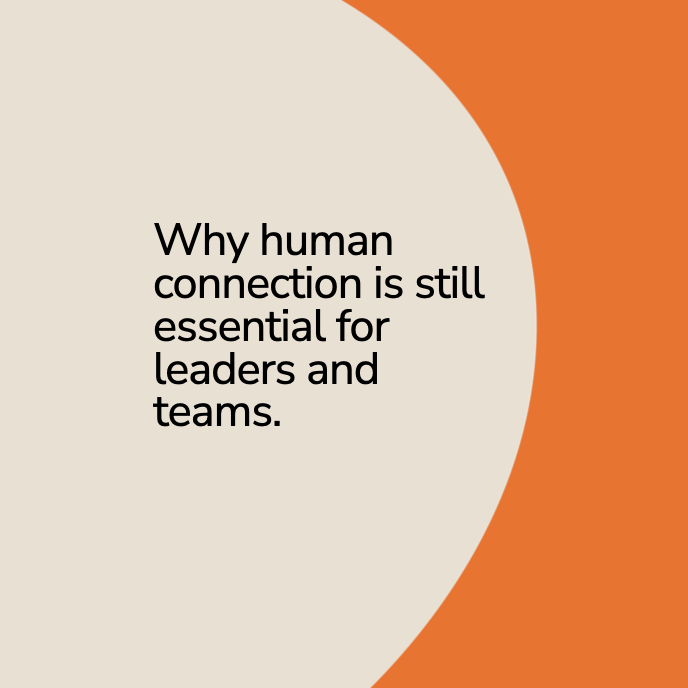Why human connection is essential for leaders and teams.
“As machines get better at being machines, humans have to get better at being more human.”
This article explores why trust, compassion, and connection are now the true differentiators for leaders and teams in an age of AI and dispersed work.
AI and Other Challenges: Why Human-centred Leadership Still Matters in 2025
What will be the most important leadership trends and priorities in 2025?
As 2025 gathers pace, global economic uncertainty, rapid advancements in AI, and evolving workforce expectations are transforming leadership. The challenge? Harnessing these opportunities while staying human-focused.


